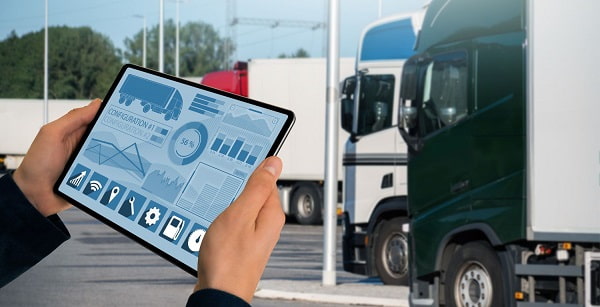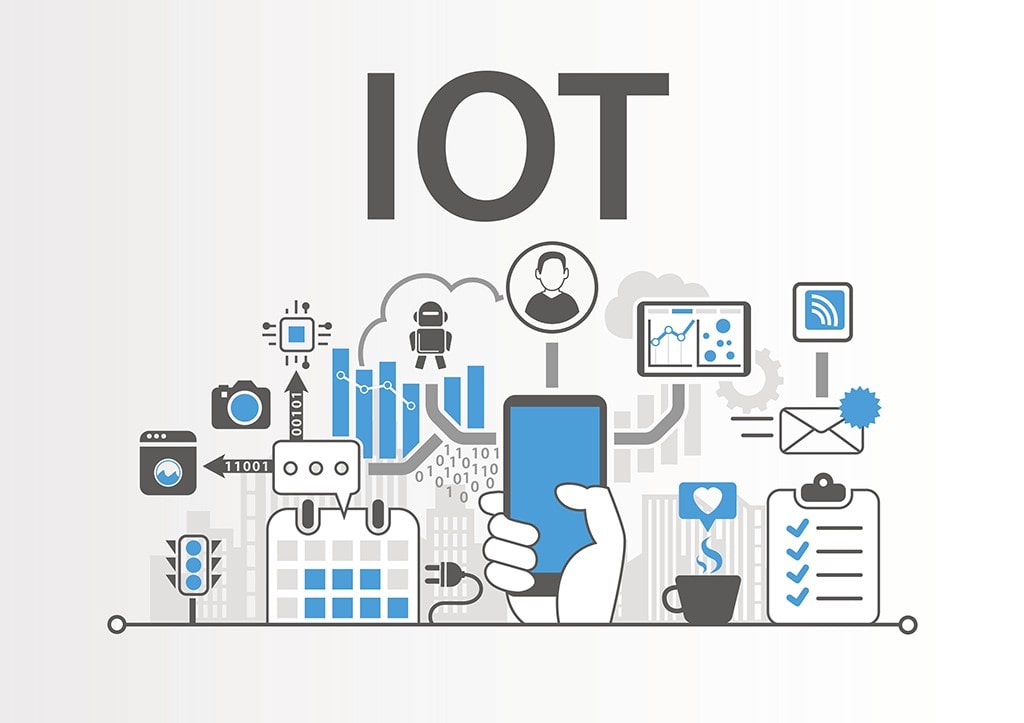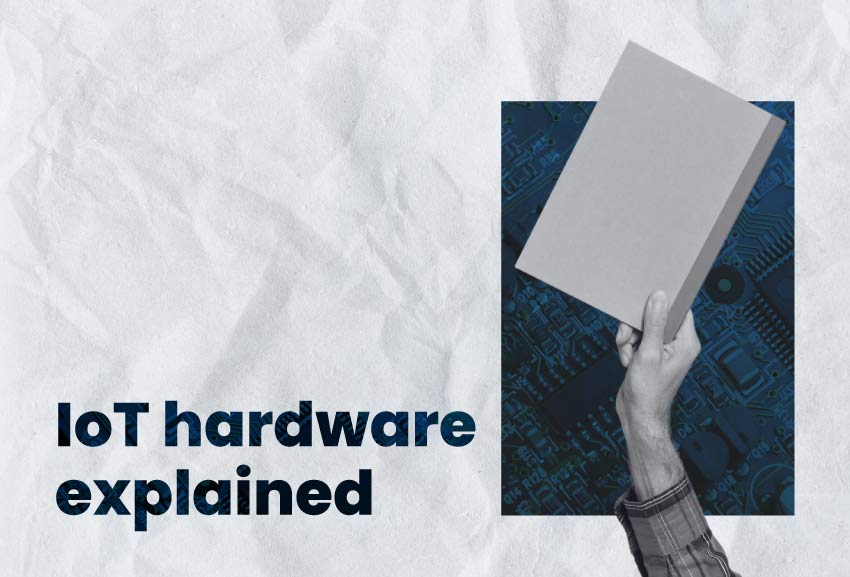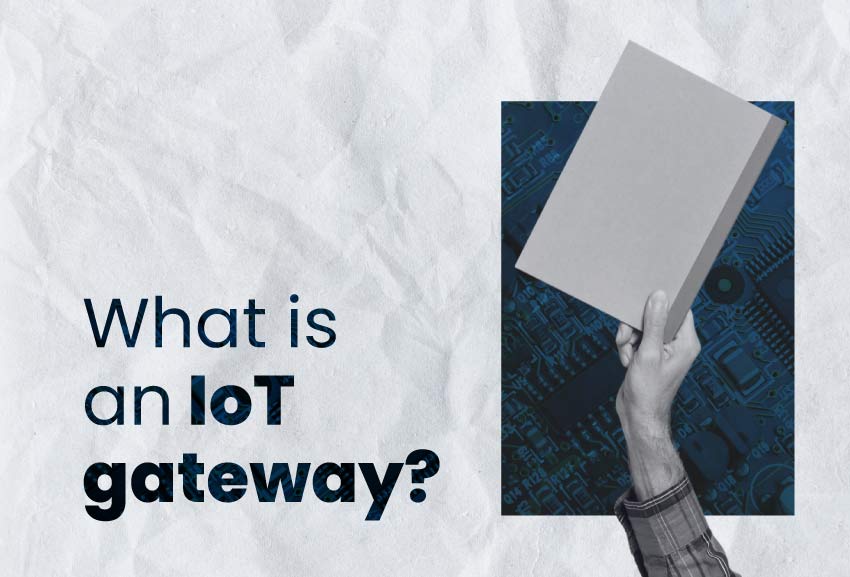The Internet of Things is so important that businesses and industries are generating massive amounts of data from connected devices. To make sense of this data and gain valuable insights, IoT monitoring dashboards play a pivotal role. In this article, we will explore what an IoT dashboard is, the metrics it can gather, its significance in the IoT ecosystem, and why it is crucial for businesses.
What is an IoT monitoring dashboard?
An IoT monitoring dashboard is a centralized platform that visually represents real-time data from various IoT devices, providing users with a comprehensive view of their connected ecosystem. This dashboard works mainly as a control center, where users can monitor and manage multiple devices and processes efficiently.
What metrics can be gathered by an IoT monitoring dashboard?
- Device performance: IoT dashboards collect data on device status, uptime, and performance. This information helps identify potential issues, allowing proactive maintenance and minimizing downtime of the IoT devices.
- Environmental conditions: If you count on devices that are using IoT sensors, metrics like temperature, humidity, and air quality can be gathered, ensuring that critical environmental parameters are within acceptable ranges.
- Energy consumption: Monitoring energy usage is crucial for optimizing energy efficiency and reducing operational costs; IoT for smart grid benefits a lot from this kind of dashboard. A device that isn’t properly using the battery or consuming more energy than usual can be identified with a dashboard for IoT.
- Security and anomaly detection: Dashboards can track security events and detect anomalies, helping prevent cybersecurity breaches and ensuring data integrity that is collected by the IoT devices.
- Predictive analytics: By leveraging historical data, IoT dashboards can provide valuable insights for predictive analytics (see IoT analytics), enabling data-driven decision-making.
Where is the IoT dashboard used in the IoT ecosystem?
IoT dashboards find application across various sectors and use cases within the IoT ecosystem. Some key areas include:
Smart manufacturing
In smart factories (Industrial IoT applications), IoT dashboards streamline production processes, monitor equipment conditions, and optimize resource allocation.
Such real-time data allows prompt adjustments to enhance productivity and reduce waste in the operational process of the company.
Fleet management

IoT Dashboard for Fleet Management
IoT fleet management is a sector that is highly benefited from IoT monitoring dashboards, since managers can visualize the location of the fleet, speed, fuel consumption levels, and car status.
Such managers use IoT telematics to improve their operations and enhance overall results of the logistics companies (see best practices for fleet management).
With the help of a good fleet device, fleet managers can get great insights that will be displayed on the monitoring dashboard.
Healthcare and remote monitoring
In healthcare solutions, IoT dashboards are used for remote patient monitoring, tracking vital signs, medication adherence, and alerting healthcare providers to critical situations.
This way, healthcare professionals can use the information displayed on the IoT dashboard to make quick decisions regarding the health of the patients when they are presenting health issues.
Smart cities
Smart cities are really popular nowadays, though the technology still needs a lot of improvements, IoT dashboards play a pivotal role in managing urban infrastructure, such as traffic lights, waste management systems, and public transportation.
This fosters sustainability and improves the quality of life for citizens.
Agriculture and precision farming
Smart farming solutions rely on great IoT dashboards to assist farm managers in monitoring soil conditions, weather forecasts, and crop health. This data-driven approach maximizes crop yield and reduces resource consumption.
The importance of IoT monitoring dashboards
IoT dashboards are crucial for several reasons. People can get real-time visibility of the data, make decisions, enhance productivity, and probably, reduce costs; this is where IoT automation becomes relevant.
Real-time visibility
IoT dashboards provide real-time visibility into the performance of connected devices and processes, enabling timely responses to critical events and preventing potential failures.
Data-driven decision making
By aggregating and analyzing data from various sources, IoT dashboards empower businesses to make data-driven decisions, optimizing processes, and driving efficiency.
Enhanced productivity
The centralized nature of IoT dashboards streamlines operations, reducing manual efforts and human errors, thus improving overall efficiency and productivity.
Cost savings
By identifying areas of inefficiency and optimizing resource usage, IoT dashboards help businesses cut costs, leading to significant savings over time.
Popular IoT dashboards
You can find many dashboards for IoT in the market, from the simple to complex. It is necessary to evaluate them and check which one adjusts better to your project:
- Thingsboard (open source platform)
Each one of these alternatives offers interesting features, and connectivity capabilities. As we mentioned above, it all depends on how complex or simple your project is, and what level of development you need.
For instance, the Arduino cloud is a great dashboard for beginners, since this environment is well known in the industry. On the other hand, thanks to the API of Arduino, it is easy to create your own app to manage your IoT devices.
In the case of Thingsboard, thanks to its open source characteristic, it is easier to develop, manage, and scale IoT projects. This IoT dashboard allows engineers to design dynamic and responsive dashboards, and it can be deployed in external clouds such as AWS or Azure.
As you can see, there are many alternatives for IoT monitoring dashboards, you just have to analyze carefully which option adjusts better to your needs and start developing your IoT solution.
By gathering essential metrics and providing real-time visibility, these dashboards equip businesses to make informed decisions, enhance efficiency, and stay competitive in the fast-paced world of IoT. Embracing IoT monitoring dashboards is not just a matter of staying up-to-date but a key driver for success in the IoT-driven era.
Do you need help with your IoT project? These are some services we offer:





